Owning or riding a moped can be a liberating experience — low cost, fuel-efficient, and fun. But before hitting the road, one question often arises: “Do you need a license for a moped?”
The answer isn’t as simple as yes or no — it depends on where you live, how fast your moped goes, and whether it’s gas or electric.
In this guide, we’ll break down everything you need to know — from state-by-state laws in the U.S. to global licensing requirements, age limits, and what happens if you ride unlicensed.
What Is Considered a Moped?
A moped is typically defined as a two-wheeled vehicle with a small engine — usually 50cc or less — and a top speed of 28 to 30 mph.
While mopeds look similar to scooters, they differ mainly in speed, power, and legal classification.

Common Moped Characteristics:
-
Engine capacity: 50cc or smaller (or equivalent electric power under 4kW)
-
Speed limit: Up to 30 mph (48 km/h)
-
Automatic transmission
-
Pedals (optional, depending on model)
-
Street-legal lights, mirrors, and turn signals
⚖️ Note: In some states, an electric moped (classified as “Class B” or “low-speed electric scooter”) may have different rules from a gas-powered one.
Why Licensing Rules for Mopeds Matter
Licensing laws exist to ensure rider safety and accountability. Even though mopeds are smaller and slower than motorcycles, they share the road with cars, trucks, and buses — all of which can be dangerous in mixed traffic.
Reasons licensing matters:
-
It ensures riders understand traffic laws.
-
It reduces the risk of accidents and injuries.
-
It helps law enforcement identify vehicles and riders.
-
It’s often required for insurance and registration.
According to the National Highway Traffic Safety Administration (NHTSA), unlicensed riders are 4 times more likely to be involved in a fatal crash.
U.S. Federal vs. State Laws on Mopeds
In the United States, mopeds are regulated at the state level, not the federal level.
This means every state defines mopeds differently — some treat them as bicycles with motors, others as motorcycles requiring full licensing.
Federal Guidelines (Generalized)
-
Mopeds under 50cc are not subject to federal motorcycle safety standards.
-
Riders must comply with local vehicle registration and licensing rules.
-
Manufacturers must meet federal emissions and safety labeling laws.
Each state builds upon these rules to create its own definitions and requirements.
States That Require a Driver’s License for Mopeds
Most U.S. states require at least a regular driver’s license or a specific moped permit to operate one on public roads.
| State | License Requirement |
|---|---|
| California | Class M1 or M2 License |
| Texas | Class M Motorcycle License |
| Florida | Regular Driver’s License or Motorcycle Endorsement |
| New York | Class M or MJ License |
| Illinois | Class L (≤150cc) or Class M (≥150cc) License |
If your moped can go over 30 mph or has an engine larger than 50cc, it’s often considered a motorcycle — requiring full registration, insurance, and licensing.
States That Do Not Require a License for Mopeds
Some states allow limited operation of low-speed mopeds or electric mopeds without a license — usually under strict conditions.
| State | Conditions |
|---|---|
| North Carolina | None for under 50cc, must be 16+ |
| South Dakota | No license under 50cc, helmet required |
| Kansas | Permit or ID only for under 50cc |
| Montana | No license, but registration required |
Always check your local Department of Motor Vehicles (DMV) website before riding.
Age Restrictions for Moped Riders
Age limits vary widely. In most U.S. states, you must be at least 15 or 16 years old to ride a moped.
| Age Requirement | States Example |
|---|---|
| 14 years old | South Dakota, Arkansas |
| 15 years old | North Carolina, Iowa |
| 16 years old | California, Florida, New York |
Underage riders often need parental consent and must pass a written knowledge test.
TOP PICK
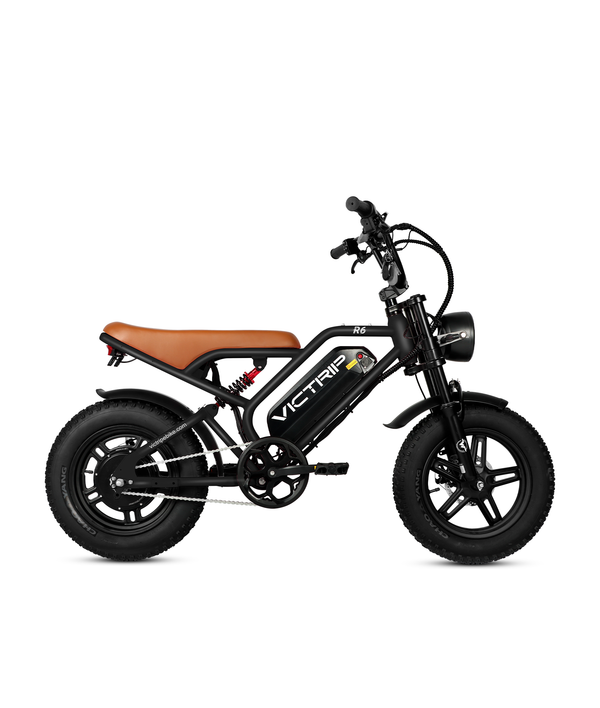
VICTRIP®R6 Moped Ebike for Teens
$799.00
Moped Registration and Insurance Rules
Even if you don’t need a license, you may still need to register your moped and carry liability insurance.
This ensures that your vehicle is traceable and that victims are compensated in case of an accident.
Typical Requirements
-
Vehicle registration or plate
-
Proof of insurance (in most states)
-
Annual inspection (for gas mopeds)
-
Emission compliance sticker
In California, for instance, even a 49cc moped requires DMV registration and insurance before use on public roads.
International Moped Licensing Laws
United Kingdom (UK):
-
Riders must be 16+ years old.
-
Must complete Compulsory Basic Training (CBT).
-
Requires an AM or P license for 50cc mopeds.
European Union:
-
Most countries require a moped license (AM) from age 14 to 16.
-
Registration and helmet laws are universal.
Canada:
-
Provinces vary: Ontario allows mopeds with a G1 license; Quebec requires a Class 6D.
Australia:
-
Riders need a RE license for mopeds up to 50cc.
-
Minimum age: 16 years and 9 months.
Read More: Do You Need a Driver’s License for an E-Bike in 2025? Full US Guide.
Electric Mopeds vs Gas-Powered Mopeds: Legal Differences
Electric mopeds are becoming increasingly popular — quiet, emission-free, and easier to maintain.
However, licensing laws can differ because of their motor power and speed.
| Type | Power Limit | License Requirement |
|---|---|---|
| Class 1 Electric (≤750W, ≤20 mph) | None in most states | No license |
| Class 2 Electric (≤1000W, ≤28 mph) | Varies | Some states require license |
| Gas Mopeds (≤50cc, ≤30 mph) | All states | License or permit required |
While gas mopeds demand registration, insurance, and fuel, modern electric mopeds can offer comparable performance with fewer regulations — depending on where you live.
One standout example is the VICTRIP R6 Pro 1500W Moped Style E-Bike. It delivers a powerful 1500W motor that reaches 35+ mph, giving riders a true moped-like experience without the constant maintenance or emissions of gas engines. Designed with a robust steel frame, dual suspension, and high-capacity battery (up to 95+ miles per charge), the R6 Pro bridges the gap between e-bikes and mopeds — offering riders both freedom and compliance.
In several U.S. states, such high-powered e-bikes fall into the Class 3 category, meaning they may require a license or registration similar to mopeds. Yet in other regions, they remain classified as electric bicycles, making them easier to own and operate legally.
⚡ In short: The VICTRIP R6 Pro exemplifies how far electric mopeds have evolved — combining high performance, eco-conscious design, and adaptable legal classification that makes it accessible to most riders.
TOP PICK
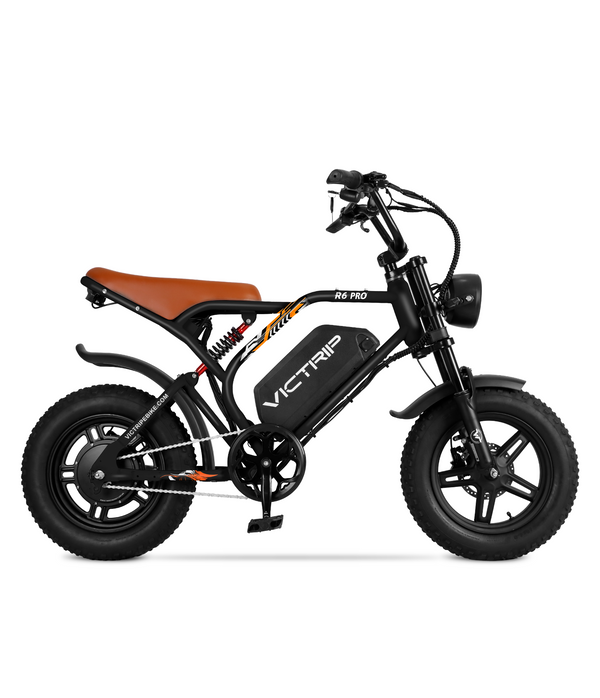
VICTRIP®R6 Pro 1500W Moped Style EBike
$1,099.00
Safety Equipment and Helmet Laws
Most states enforce helmet laws for moped riders under 18, though some require helmets for all ages.
Beyond helmets, states also regulate protective eyewear, turn signals, and brake lights.
Essential Gear Checklist:
-
DOT-approved helmet
-
Gloves and reflective clothing
-
Front and rear lights
-
Horn and mirrors
These not only comply with legal standards but also greatly reduce accident risks.
Penalties for Riding Without a Moped License
Riding without a license can lead to:
-
Fines ranging from $100 to $1,000
-
Vehicle impoundment
-
Suspension of your driver’s license
-
Higher insurance premiums
-
Criminal misdemeanor in some states
It’s far cheaper and safer to simply get licensed properly.
How to Get a Moped License
Step-by-Step Process
-
Check your state’s moped classification.
-
Apply for a learner’s permit (if underage).
-
Pass a written knowledge test.
-
Complete a safety or road skills test.
-
Pay license and registration fees.
-
Get insured before riding.
In many states, the entire process takes a few hours and costs less than $100.
Common Myths About Moped Licensing
| Myth | Reality |
|---|---|
| Mopeds don’t need a license | Most states require one |
| Electric mopeds are exempt | Not always true |
| Mopeds are legal on highways | Usually prohibited |
| Insurance isn’t necessary | Often required by law |
| You can ride at any age | Age limits apply everywhere |
Tips for New Riders Before Getting on the Road
-
Always check local DMV regulations before riding.
-
Take a moped safety course to build road confidence.
-
Invest in quality helmet and gear.
-
Avoid high-traffic roads until experienced.
-
Register and insure your moped to stay legal.
Conclusion
So, do you need a license for a moped?
In most cases, yes. Whether it’s a 50cc gas model or a speedy e-moped, licensing ensures safety and compliance with local laws.
Before you ride, check your state’s DMV rules, complete a short training course, and equip yourself with the right gear. That way, you’ll enjoy the freedom of moped travel — legally and safely.
FAQs
Do I need a license to ride a 50cc moped?
In most U.S. states, yes — a driver’s or moped-specific license is required for any moped up to 50cc.
Can I ride an electric moped without a license?
It depends on speed and wattage. Under 750W and 20 mph, most states classify it as an e-bike — no license needed.
What happens if I’m caught riding without a license?
You could face fines, legal penalties, or even lose your driver’s license.
Is insurance mandatory for mopeds?
Yes, in most states — especially if your moped is registered or driven on public roads.
Do moped riders need to wear helmets?
Yes. Nearly every state mandates helmets for riders under 18; some require them for all ages.
Are mopeds street-legal?
Yes, but only when properly registered, insured, and equipped with required safety features.

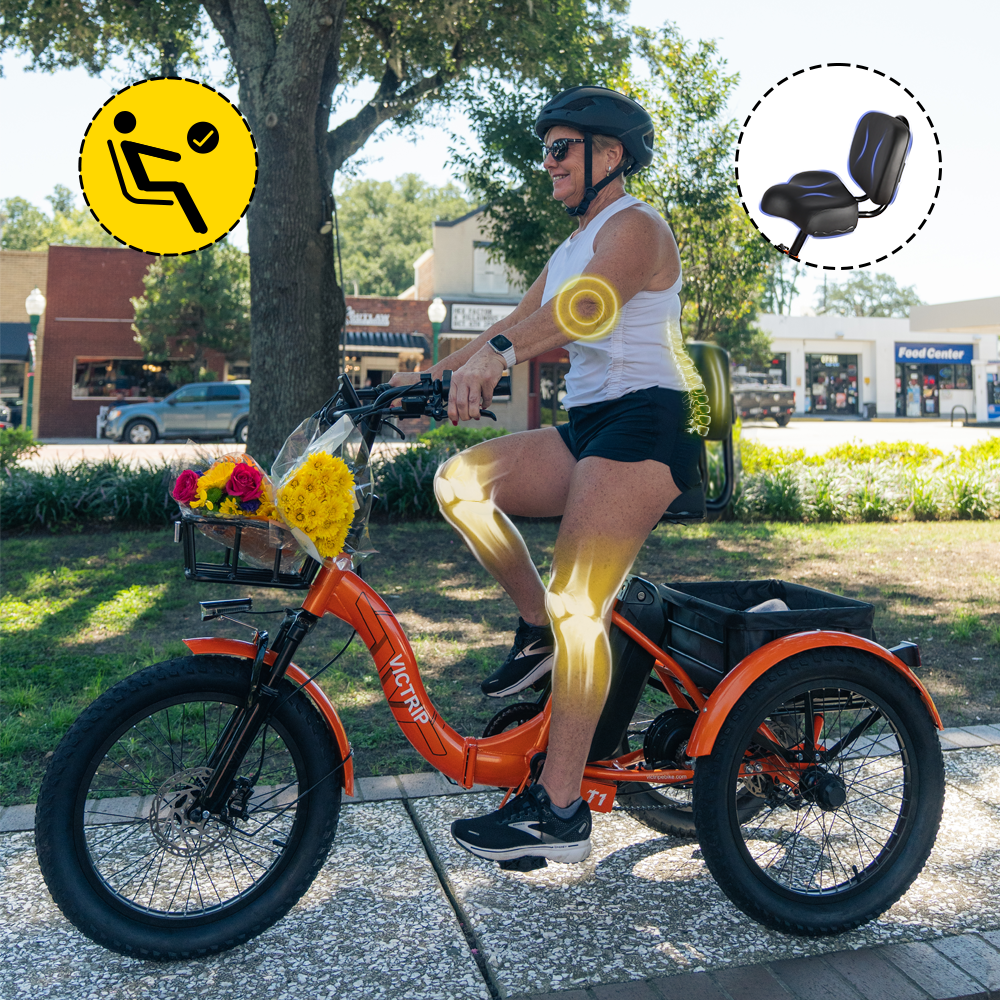
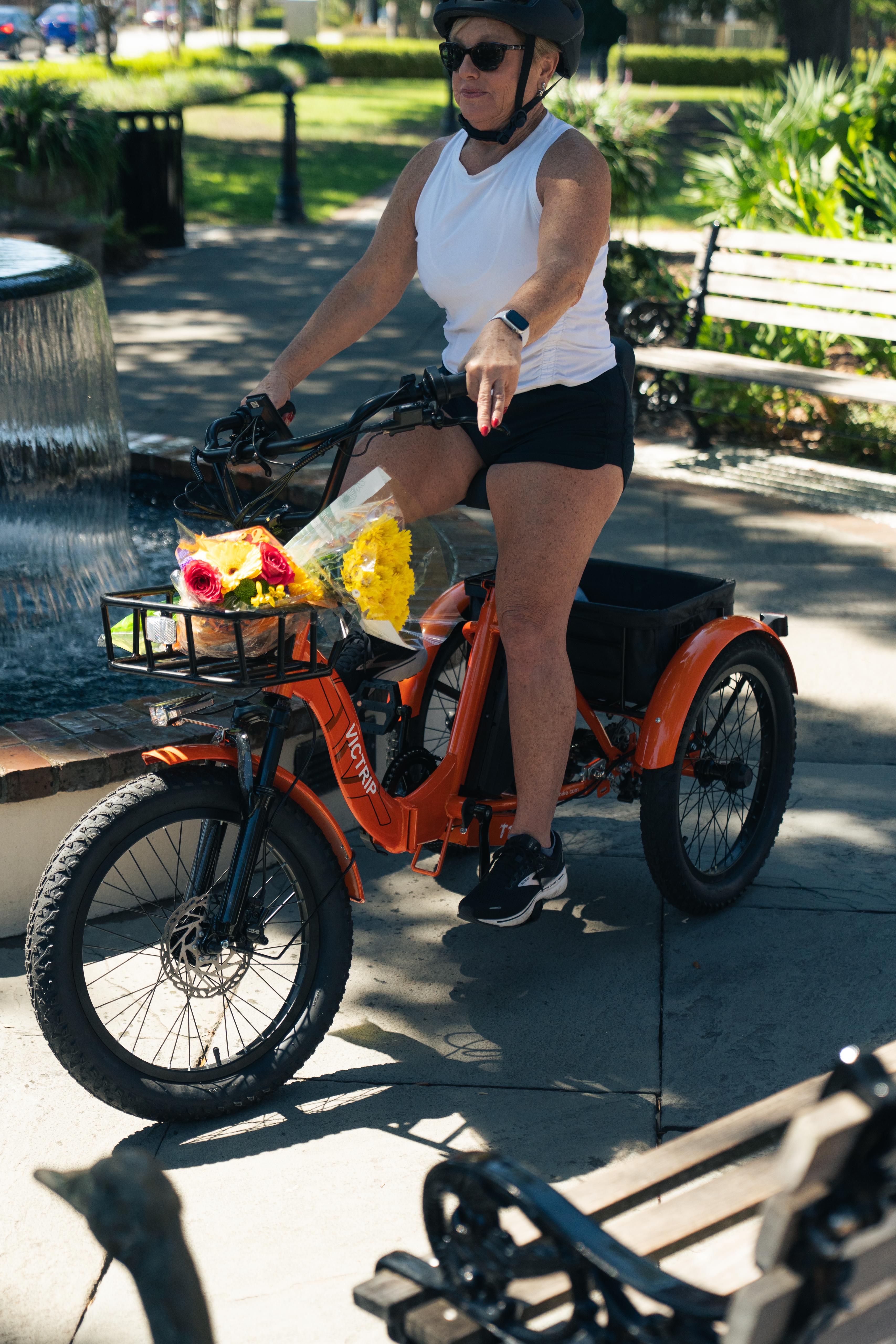
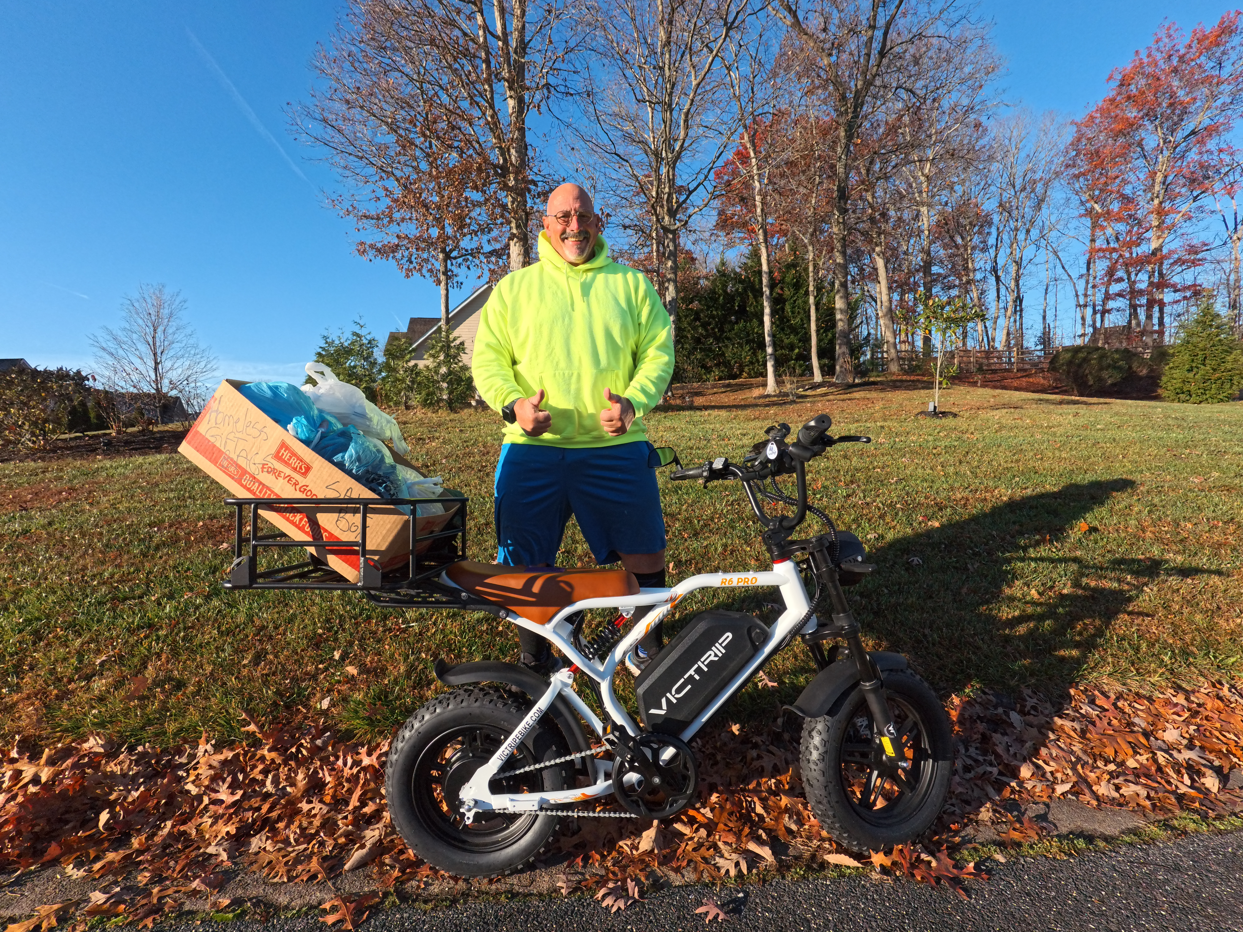
Share:
What Are the Most Durable Ebike Components?
Why an Electric Tricycle Is Ideal for Suburban Commuters